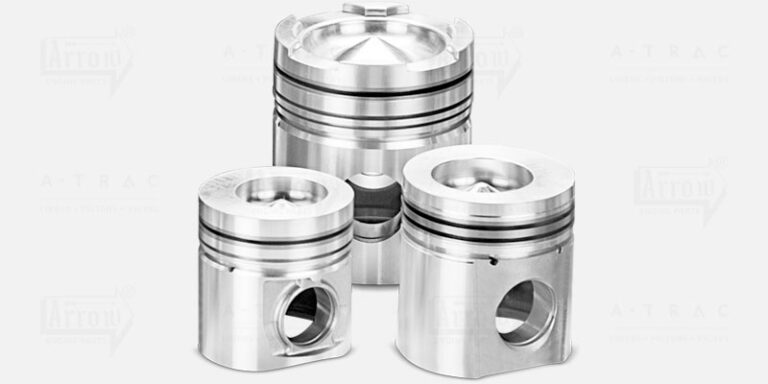The world of aftermarket pistons is constantly evolving, driven by the relentless pursuit of increased engine performance and efficiency. As technology continues to advance, the future of aftermarket pistons is set to be shaped by numerous exciting trends and innovations. Let’s dive into what the future holds for this vital component of our vehicles’ engines.
Understanding Aftermarket Pistons
An aftermarket piston is a replacement part that is not sourced from the vehicle’s original manufacturer. These pistons are typically used in high-performance or racing applications, offering higher durability and performance than standard pistons. They have been the backbone of the performance and racing industries for many years, and as technology and materials science have advanced, so too have the design and construction of these crucial components.
The Shift Towards Lightweight Materials
One of the most significant trends in the future of aftermarket pistons is the increasing use of lightweight materials. Traditional pistons are commonly made from cast iron or steel, but we are now seeing pistons being produced from materials like forged aluminum, titanium, and even carbon fiber composites. These materials offer several advantages, including reduced weight, improved heat dissipation, increased strength, and enhanced fuel efficiency. For example, CP-Carrillo, a leading manufacturer of high-performance pistons and rods, has recently released a line of pistons made from a proprietary blend of forged aluminum, offering superior strength and heat resistance compared to traditional materials.
Advancements in Design and Manufacturing
The future of aftermarket pistons will also be heavily influenced by advancements in design and manufacturing processes. Computer-aided design (CAD) and computer numerical control (CNC) machining technologies have revolutionized the way pistons are designed and produced. CAD allows for the creation of complex piston shapes with optimized features, while CNC machining ensures high precision and consistency during the manufacturing process.
Moreover, innovative design features such as asymmetric skirts, ultra-low friction coatings, and advanced ring packs are becoming increasingly common in aftermarket pistons. These features can lead to improved performance, reduced oil consumption, and increased longevity.
The Rise of Custom Pistons
As individualization becomes more prevalent in the automotive world, we can expect to see a rise in the demand for custom aftermarket pistons. Manufacturers are offering a wider range of piston sizes, compression ratios, and coatings than ever before, allowing customers to tailor their pistons to their specific needs and preferences. This trend towards customization will likely continue to grow in the future, providing engine builders with even more options for optimizing their engine’s performance.
Embracing Sustainability
In line with global trends towards sustainability and environmental consciousness, the aftermarket piston industry is also beginning to focus on reducing its environmental impact. Manufacturers are adopting more sustainable production methods, using recyclable materials, and designing pistons that improve fuel efficiency and reduce emissions.
Conclusion
The future of aftermarket pistons is shaping up to be exciting and dynamic, driven by advancements in materials, design, manufacturing processes, and a growing emphasis on customization and sustainability. As we look towards this future, one thing is clear: the aftermarket piston industry will continue to innovate and evolve, pushing the boundaries of what is possible in engine performance and efficiency.

A top ranking student throughout, Akshay joined the family business right after graduation in 2006. After working for over 10 years in Agra Engineering Co, he decided to start his own company. Now as a partner in this new company he looks after business development and vendor management. A keen fitness enthusiast he tries new forms of exercise – crossfit, calisthenics, pilates, yoga and swimming. He’s an avid golfer as well – one of his many hobbies.








One thought on “The Future of Aftermarket Pistons: Trends and Innovations”
Comments are closed.